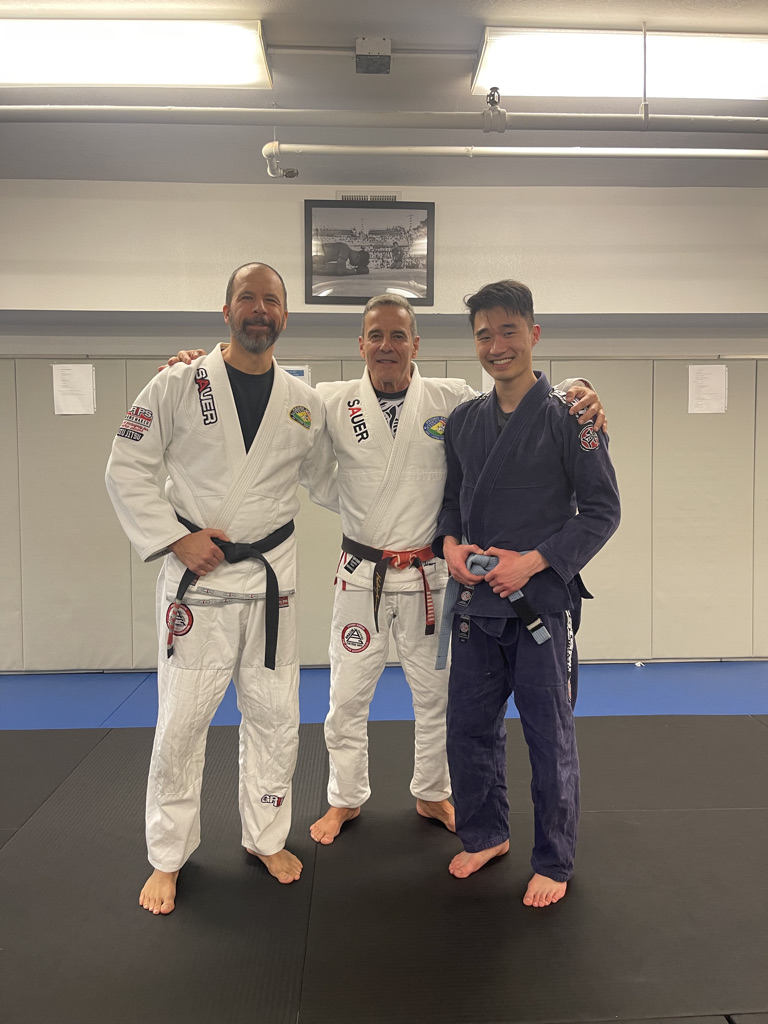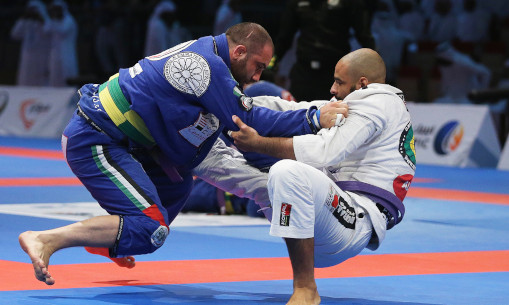 In the world of Brazilian Jiu-jitsu (BJJ) competitions, achieving success requires a delicate balance between yielding and assertiveness. This dynamic interplay between these two qualities forms the foundation for effective strategy and performance on the mat. In this blog post, we will explore how finding the right equilibrium between yielding and assertiveness can lead to optimal results in BJJ competitions.
In the world of Brazilian Jiu-jitsu (BJJ) competitions, achieving success requires a delicate balance between yielding and assertiveness. This dynamic interplay between these two qualities forms the foundation for effective strategy and performance on the mat. In this blog post, we will explore how finding the right equilibrium between yielding and assertiveness can lead to optimal results in BJJ competitions.
The interplay between yielding and assertiveness in competition:
In BJJ, yielding refers to the ability to adapt, flow, and react intelligently to an opponent’s movements and attacks. It involves being flexible, patient, and listening to the energy and momentum of the opponent. On the other hand, assertiveness is about taking initiative, being proactive, and imposing your will on the opponent. It involves seizing opportunities, making calculated moves, and asserting dominance.
Understanding how these two qualities complement each other is crucial. Yielding allows you to conserve energy, maintain control in difficult situations, and create openings for counterattacks. Assertiveness, on the other hand, enables you to dictate the pace of the match, put pressure on your opponent, and capitalize on advantageous positions.
 Strategies for finding the right balance in different contexts:
Strategies for finding the right balance in different contexts:
Reading and Reacting: Yielding effectively requires sharp observation and anticipation skills. Pay close attention to your opponent’s movements, posture, and reactions. By reading their intentions, you can adjust your strategy accordingly. Responding appropriately with the right amount of assertiveness allows you to seize opportunities and take control.
Timing and Patience: Yielding demands patience and timing. Avoid rushing into situations without a clear plan. Instead, patiently navigate the match, conserving energy when necessary, and waiting for the opportune moment to assert yourself. This calculated approach helps maintain composure and control throughout the competition.
Positional Awareness: Yielding and assertiveness can vary depending on your position. When in a dominant position, assertiveness becomes crucial to maintain control and advance your position. However, when in a disadvantageous position, yielding allows you to defend effectively, nullify your opponent’s attacks, and find openings to escape or counter.
Harnessing the power of both yielding and assertiveness for optimal results:
The true power lies in combining the strengths of yielding and assertiveness. By harmonizing these qualities, you can become a well-rounded and formidable competitor in BJJ.
Flow and Transition: Use yielding to flow seamlessly between techniques and positions. Instead of solely relying on force, let the opponent’s energy guide your movements. This fluidity enables you to maintain control while constantly transitioning between attacks and defenses.
Timing Counters and Sweeps: Yielding provides the sensitivity to feel your opponent’s balance and exploit their vulnerabilities. When you sense their weight shifting or a slight loss of control, assertiveness allows you to launch well-timed counters or sweeps, catching them off guard and gaining the upper hand.
 Mindset and Adaptability: Cultivate a mindset that embraces both yielding and assertiveness. Be adaptable and open to different strategies based on the evolving dynamics of the match. This flexibility allows you to adjust your approach, alternating between yielding and assertiveness as needed to maintain dominance.
Mindset and Adaptability: Cultivate a mindset that embraces both yielding and assertiveness. Be adaptable and open to different strategies based on the evolving dynamics of the match. This flexibility allows you to adjust your approach, alternating between yielding and assertiveness as needed to maintain dominance.
In the realm of Brazilian Jiu-jitsu competitions, mastering the balance between yielding and assertiveness is a vital skill. By understanding how these qualities complement each other, employing strategic approaches in different contexts, and harmonizing their powers, you can elevate your performance and achieve optimal results on the mat. Embrace the yin-yang balance of yielding and assertiveness, and watch your BJJ skills flourish.



